The Importance of Boat Safety Inspection: Hull and Deck Common Issues and Solutions
As a proud boat owner, ensuring the safety and seaworthiness of your vessel is paramount. Regular safety inspections, particularly of the hull and deck, are essential to identify potential issues before they become serious problems. This comprehensive guide will explore the importance of boat safety inspections, common problems you might encounter with the hull and deck, and practical solutions to address them. By following these tips, you can maintain your boat in top condition and enjoy worry-free adventures on the water.
Why Boat Safety Inspections Matter
Boat safety inspections are crucial for several reasons:
-
Safety: Regular inspections help prevent accidents and injuries by identifying and addressing potential hazards.
-
Performance: A well-maintained boat operates more efficiently, offering better performance and fuel economy.
-
Longevity: Routine maintenance and timely repairs extend the life of your vessel, protecting your investment.
-
Compliance: Many jurisdictions require regular boat safety inspections to meet legal and insurance requirements.
Inspecting the Hull
The hull is the backbone of your boat, providing buoyancy and structural integrity. Regular inspections are necessary to ensure it remains in optimal condition.
Common Hull Issues
-
Cracks and Blisters
-
Cause: Cracks can result from impacts, stress, or aging. Blisters are often caused by water permeating the hull and creating bubbles beneath the surface.
-
Solution: Small cracks can be repaired with marine epoxy, while larger cracks may require professional attention. Blisters should be sanded down, dried, and sealed with a barrier coat to prevent recurrence.
-
-
Delamination
-
Cause: Delamination occurs when layers of fiberglass or other materials separate, often due to water intrusion or poor construction.
-
Solution: Delaminated areas should be ground down to the intact layers and then rebuilt with fiberglass and resin. It's crucial to address the underlying cause of water intrusion to prevent future issues.
-
-
Hull Pitting
-
Cause: Pitting is caused by corrosion, typically in metal hulls or on metal components such as propellers and shafts.
-
Solution: Clean and remove corrosion, then fill pits with an appropriate marine-grade filler. Apply anti-corrosion coatings to protect against future damage.
-
-
Osmosis
-
Cause: Osmosis is a form of water penetration that leads to blistering and weakening of the hull's fiberglass layers.
-
Solution: Identify affected areas, remove damaged material, and thoroughly dry the hull. Apply a barrier coat to prevent further osmosis.
-
Hull Inspection Steps
-
Visual Inspection
-
Exterior: Examine the exterior hull for cracks, blisters, and other visible damage. Pay close attention to areas around through-hull fittings and impact points.
-
Interior: Check the interior hull for signs of moisture, delamination, or structural damage. Look for water stains or soft spots that indicate potential issues.
-
-
Tapping Method
-
Technique: Use a plastic or rubber mallet to tap the hull. Listen for changes in sound; a hollow sound may indicate delamination or voids, while a solid sound suggests intact material.
-
-
Moisture Meter
-
Tool: Use a moisture meter to detect water intrusion in the hull. High readings may indicate the presence of moisture, which can lead to osmosis or other issues.
-
-
Through-Hull Fittings
-
Inspection: Check all through-hull fittings for signs of corrosion, leaks, or damage. Ensure that all fittings are secure and properly sealed.
-
Inspecting the Deck
The deck of your boat provides the surface on which you and your passengers move around. It also contributes to the overall structural integrity of the vessel. Regular deck inspections are essential to maintain safety and functionality.
-
Soft Spots
-
Cause: Soft spots on the deck are typically caused by water penetration, which leads to rot or delamination of the core material.
-
Solution: Identify and remove the damaged area. Replace with new core material and fiberglass, ensuring a watertight seal to prevent future issues.
-
-
Deck Cracks
-
Cause: Cracks can occur due to stress, impact, or aging. They can compromise the structural integrity of the deck if left untreated.
-
Solution: Small cracks can be repaired with marine-grade epoxy or sealant. Larger or deeper cracks may require grinding out the damaged area and applying new fiberglass and resin.
-
-
Leaking Hatches and Windows
-
Cause: Leaks around hatches and windows can result from deteriorated seals, improper installation, or damage.
-
Solution: Replace old or damaged seals with new, marine-grade gaskets. Ensure that hatches and windows are properly installed and sealed to prevent water intrusion.
-
-
Hardware Corrosion
-
Cause: Corrosion of deck hardware, such as cleats, railings, and stanchions, can weaken the attachments and create safety hazards.
-
Solution: Regularly inspect and clean hardware. Replace any corroded components and apply corrosion-resistant coatings to protect against future damage.
-
Deck Inspection Steps
-
Visual Inspection
-
Surface: Examine the deck surface for cracks, soft spots, and signs of delamination. Check around hardware, hatches, and windows for any signs of leaks or damage.
-
Underside: Inspect the underside of the deck, if accessible, for signs of water intrusion, rot, or structural damage.
-
-
Tapping Method
-
Technique: Use a plastic or rubber mallet to tap the deck surface. Listen for changes in sound; a hollow sound may indicate delamination or voids, while a solid sound suggests intact material.
-
-
Moisture Meter
-
Tool: Use a moisture meter to detect water intrusion in the deck. High readings may indicate the presence of moisture, which can lead to rot or delamination.
-
-
Hardware Inspection
-
Check: Ensure all deck hardware is securely fastened and free of corrosion. Tighten any loose fittings and replace damaged components as needed.
-
Solutions to Common Problems
Cracks and Blisters
-
Small Cracks: Use marine-grade epoxy to fill small cracks and prevent further damage.
-
Blisters: Sand down the blisters, allow the area to dry, and apply a barrier coat to prevent recurrence.
Delamination
-
Minor Delamination: Grind down the affected area and rebuild with fiberglass and resin.
-
Severe Delamination: Consult a professional for extensive repairs.
Hull Pitting
-
Clean and Fill: Remove corrosion, clean the area, and fill pits with marine-grade filler.
-
Protective Coating: Apply anti-corrosion coatings to prevent future damage.
Osmosis
-
Drying Out: Thoroughly dry the affected areas and apply a barrier coat to prevent further water penetration.
Soft Spots
-
Remove and Replace: Identify and remove the damaged core material. Replace with new core material and fiberglass, ensuring a watertight seal.
Deck Cracks
-
Small Cracks: Fill small cracks with marine-grade epoxy or sealant.
-
Larger Cracks: Grind out the damaged area and apply new fiberglass and resin.
Leaking Hatches and Windows
-
Replace Seals: Replace old or damaged seals with new, marine-grade gaskets.
-
Proper Installation: Ensure hatches and windows are correctly installed and sealed to prevent water intrusion.
Hardware Corrosion
-
Clean and Replace: Regularly inspect and clean hardware. Replace corroded components and apply corrosion-resistant coatings.
Tips for Regular Maintenance
Regular maintenance is key to preventing issues and ensuring the longevity of your boat. Here are some tips for maintaining the hull and deck:
-
Clean Regularly: Regularly clean the hull and deck to remove dirt, grime, and salt. This prevents buildup and reduces the risk of damage.
-
Inspect Often: Perform visual inspections before and after each outing. Look for any signs of damage, wear, or corrosion.
-
Use Protective Coatings: Apply protective coatings to the hull and deck to prevent corrosion, UV damage, and water penetration.
-
Store Properly: Store your boat in a dry, covered area when not in use to protect it from the elements.
-
Address Issues Promptly: Address any issues as soon as they arise to prevent them from worsening and causing more significant problems.
Conclusion
Regular boat safety inspections of the hull and deck are essential for maintaining the safety, performance, and longevity of your vessel. By identifying and addressing common issues such as cracks, blisters, delamination, and corrosion, you can ensure your boat remains in optimal condition. Follow the inspection steps and maintenance tips outlined in this guide to keep your boat seaworthy and ready for countless adventures on the water. Investing time and effort into regular inspections and maintenance will pay off in the long run, providing you with peace of mind and a reliable, safe vessel. Buy boat inspection equipment at CycloneSale.com for all your boat outfitting needs today!


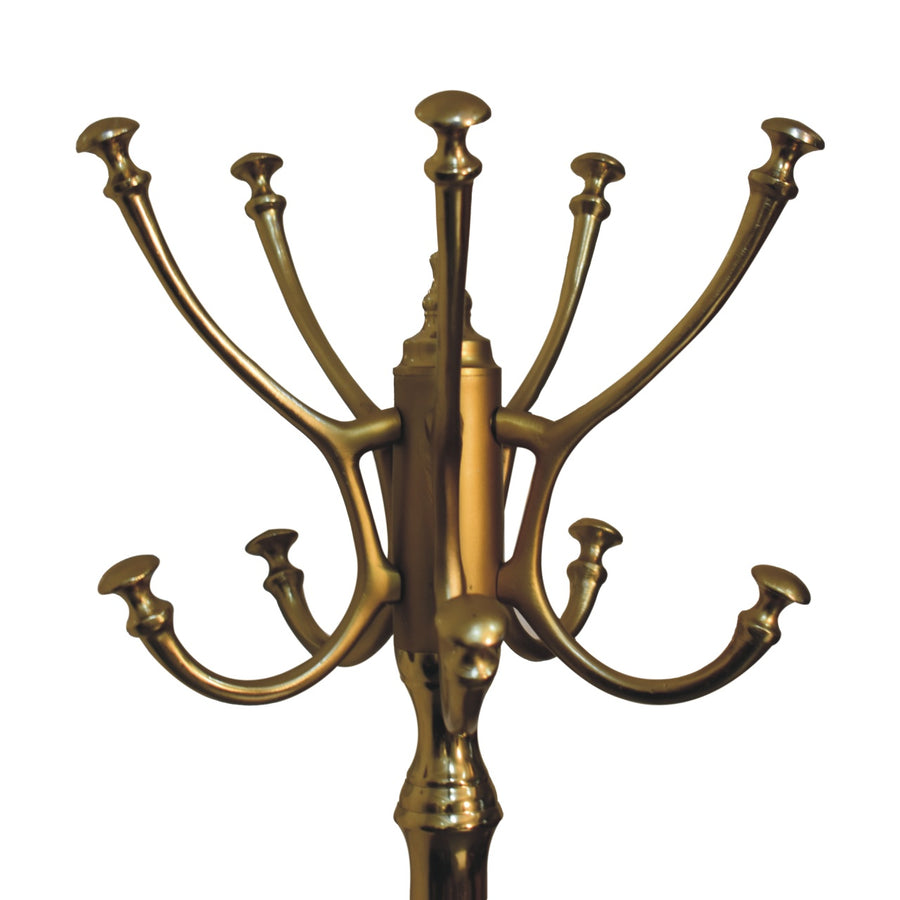
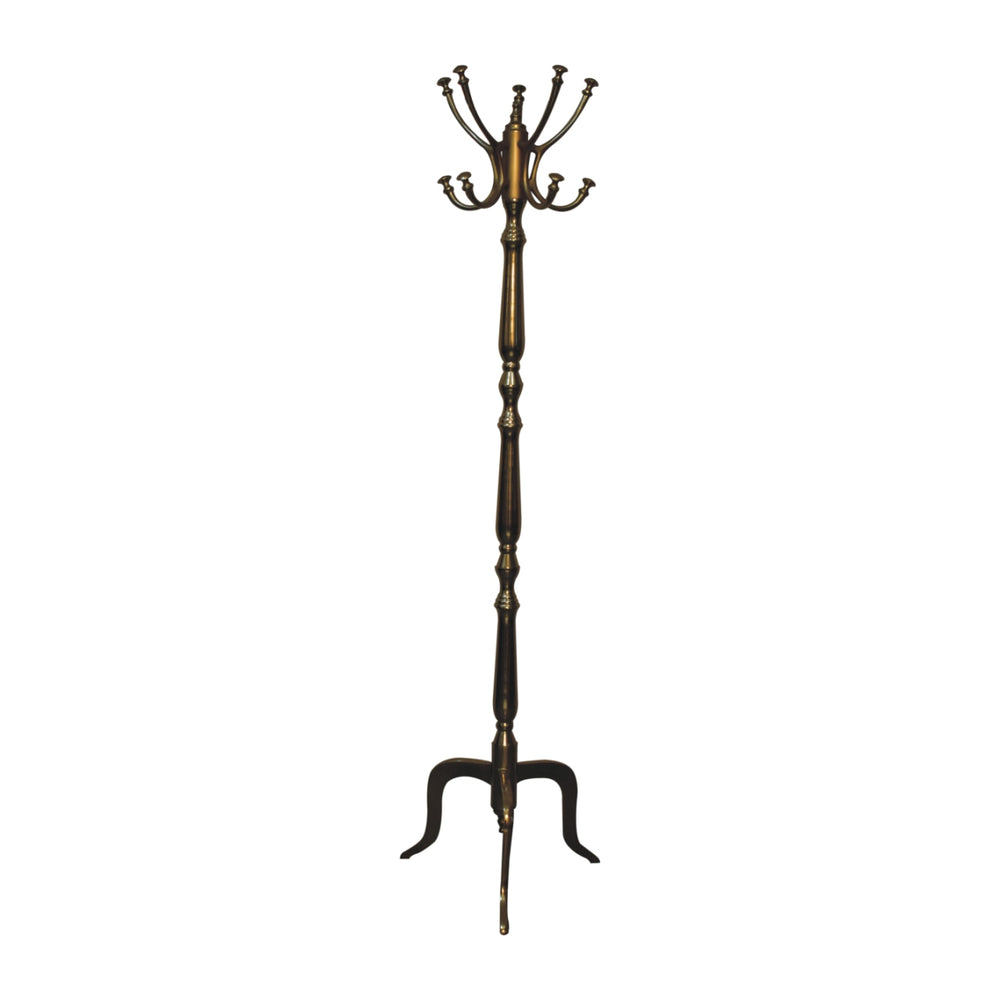

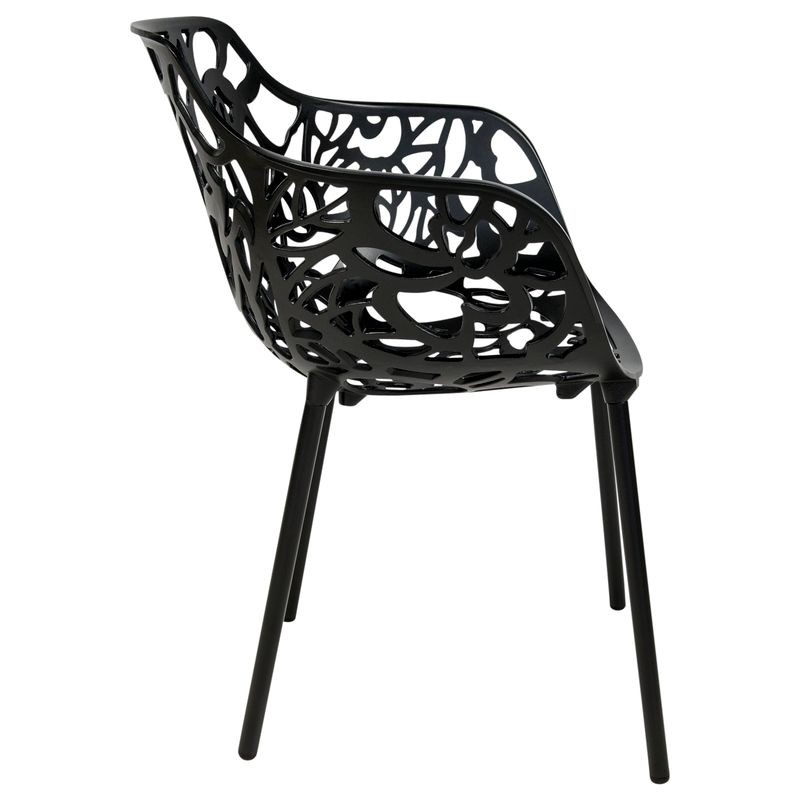
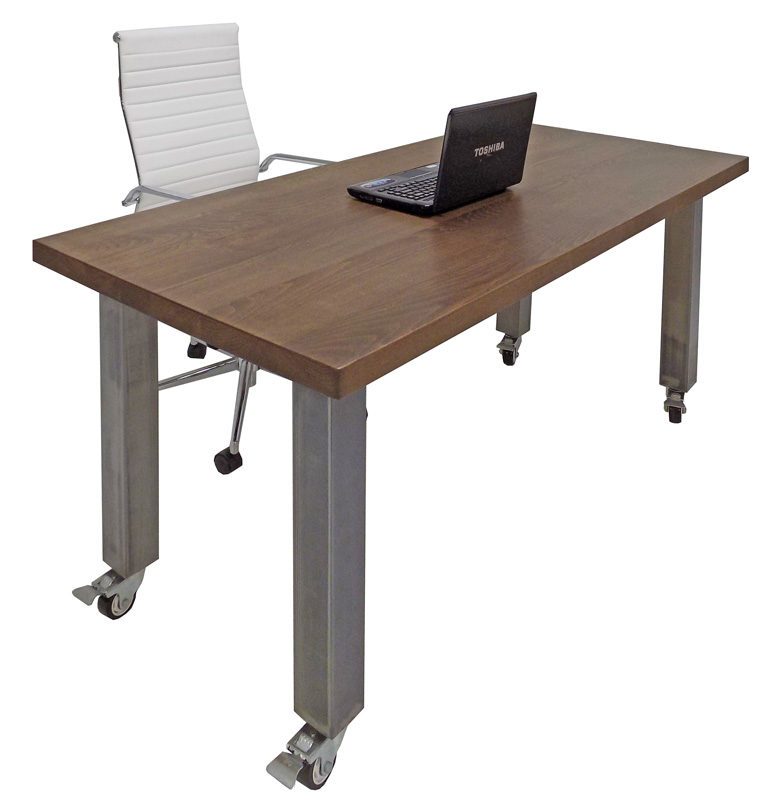
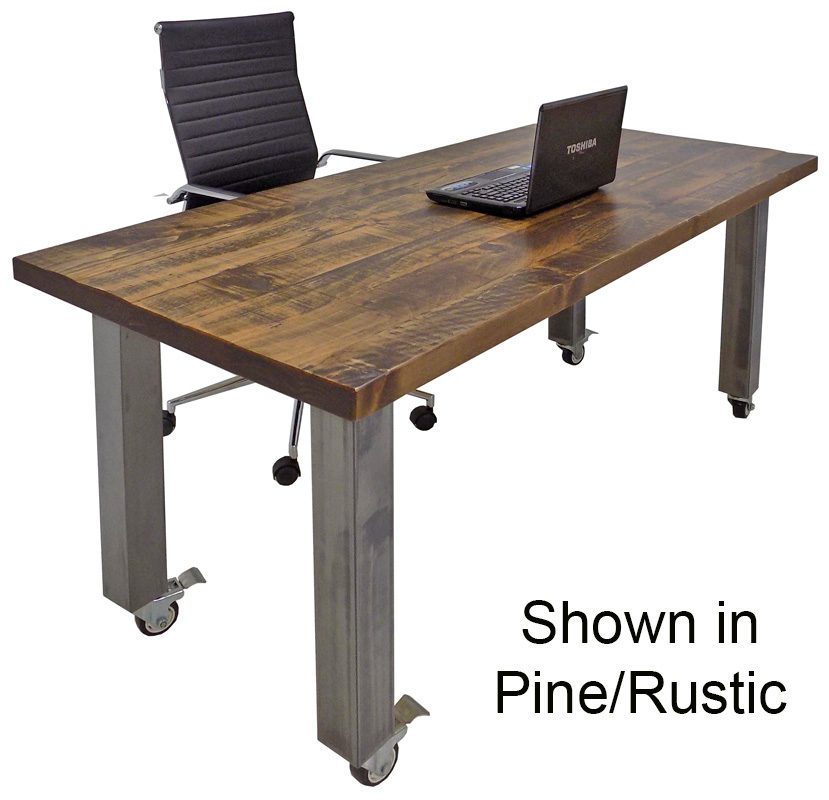


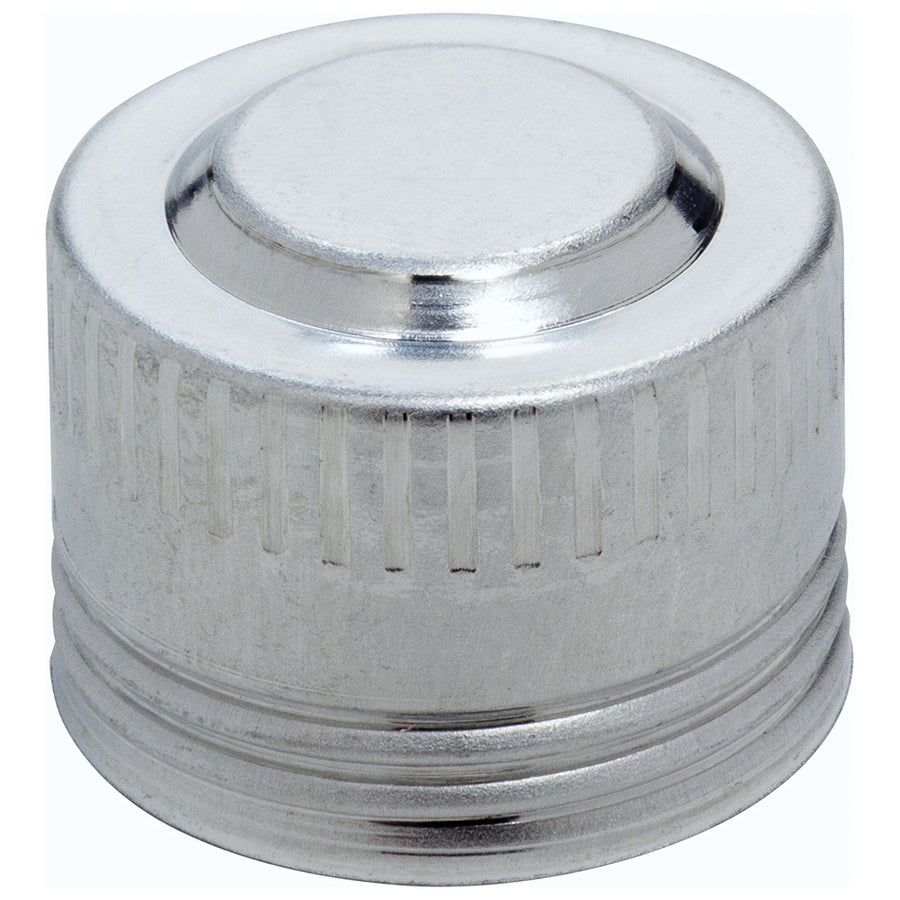
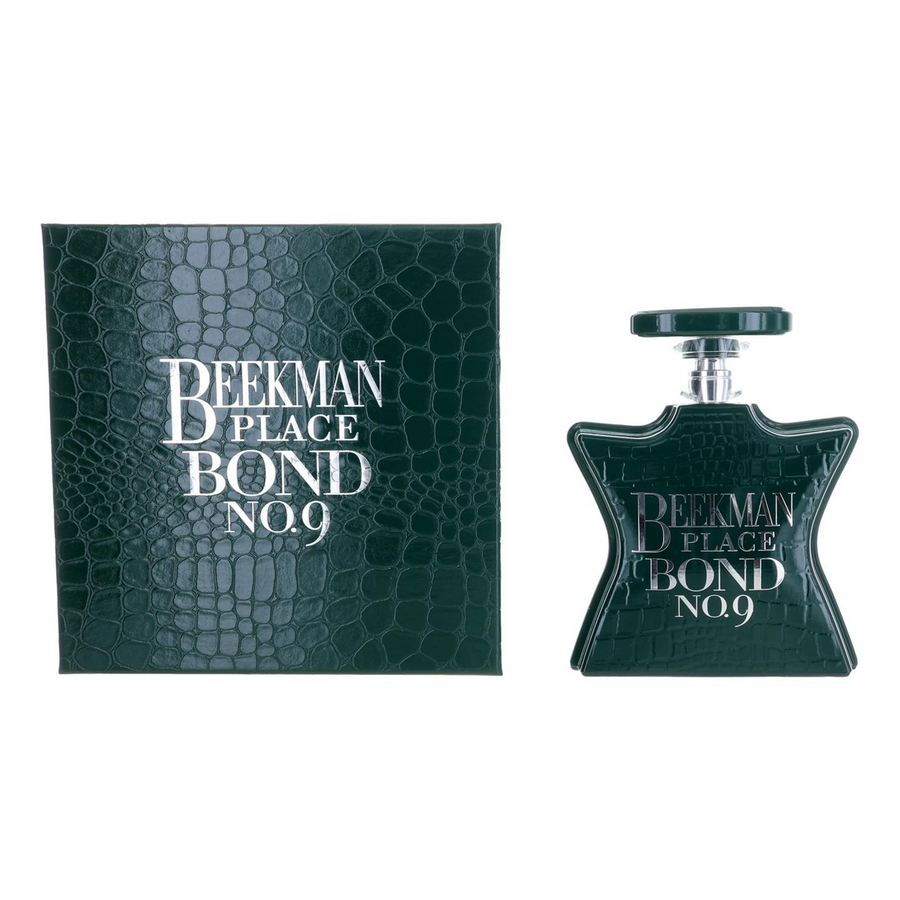

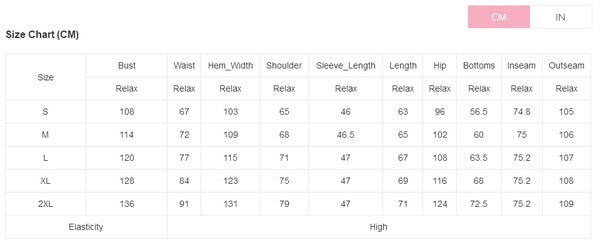












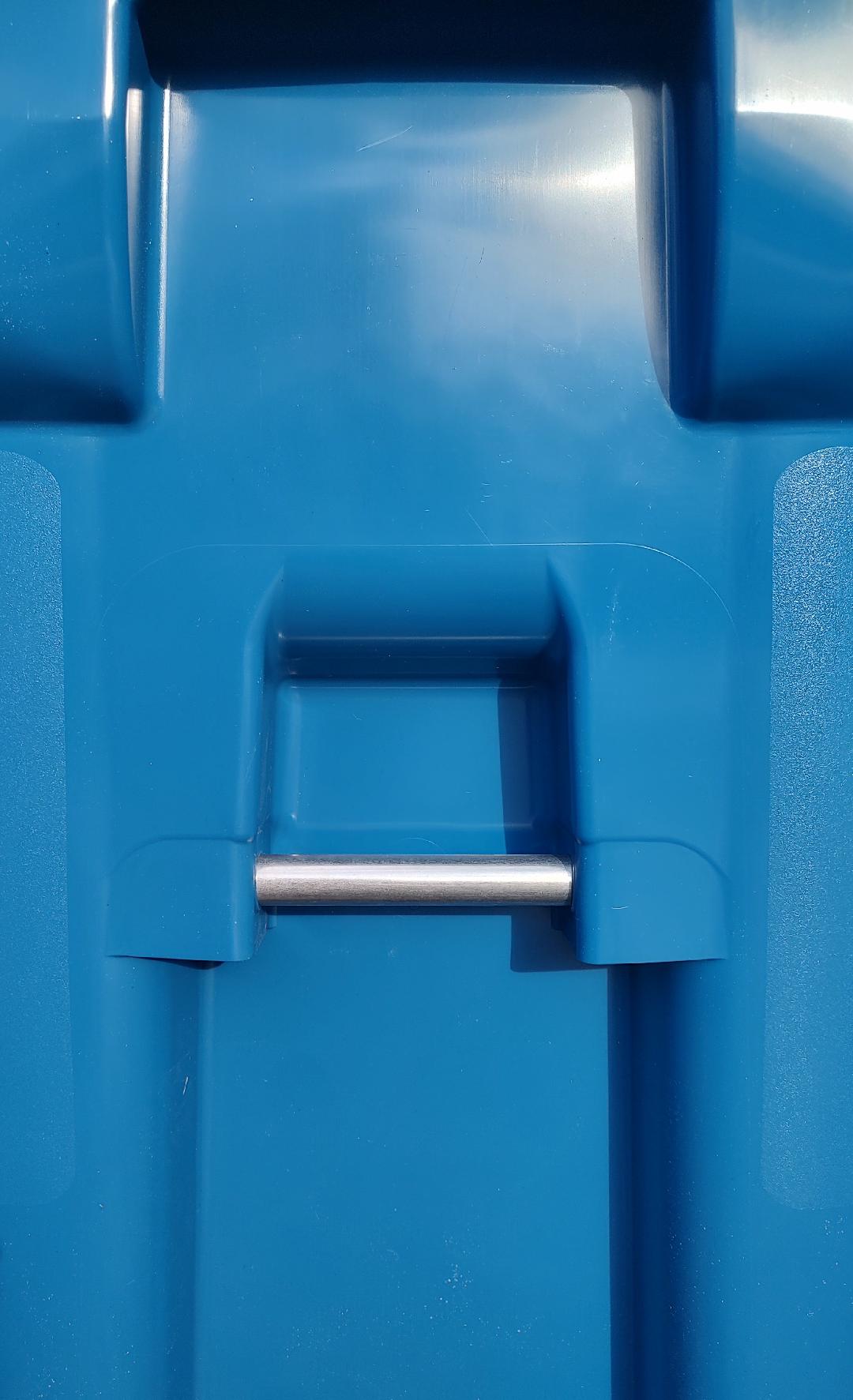



















Leave a comment